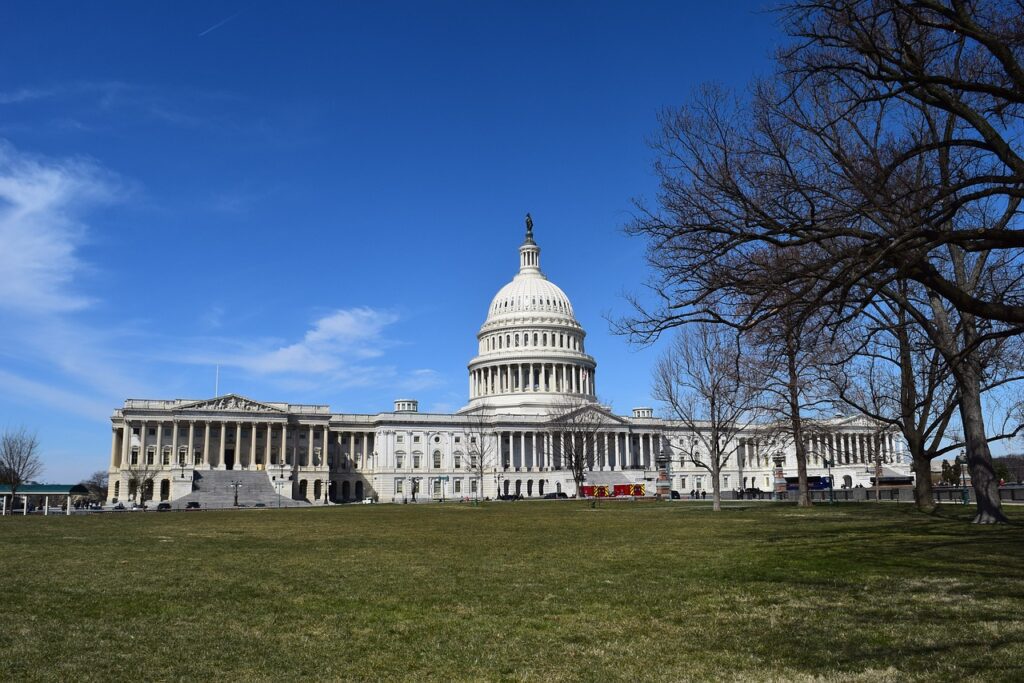TLDR
- The bill on the structure of the cryptography market for the promises of wages of crypto will become the law by 2026.
-
Bill aims to balance innovation with responsibility, providing regulatory certainty for digital assets.
-
Lummis hopes to adopt the bill through banking and agriculture committees from the Senate by the end of the year.
-
The proposed bill is based on the Clarity Act, adopted by the House of Representatives of the United States in July.
American senator Cynthia Lummis of Wyoming assured that the long -awaited bill on the structure of the crypto market would have reached the office of the president by 2026. Speaking at the Wyoming Blockchain Symposium in Jackson Hole, Lummis expressed his confidence in the adoption of the bill through the Senate by the end of the year. This occurs after the House of Representatives of the United States approved the law on the clarity of the digital asset market (clarity) earlier this year.
Lummis, a republican defender of digital asset legislation, works alongside other Senate Republicans to shape the bill. She noted that the Republicans aim to pass the bill through the committees of the Senate Banking and Agriculture by the end of September and October, respectively, before moving to the Senate. Lummis aims to finalize the bill by the end of 2025, ideally before Thanksgiving.
Crame on cryptographic market structure
The proposed legislation, which should rely on the law on clarity adopted in the Chamber, aims to offer a complete framework for the regulation of digital assets.
Senator Lummis stressed that the bill on the structure of the cryptographic market is designed to balance innovation with responsibility, providing clear guidelines on the way in which American financial regulators – such as Securities and Exchange Commission (SEC) and the Commodity Futures Trading Commission (CFTC) – should manage digital assets.
“We want to honor as much work of the house as possible on clarity,” said Lummis. The objective is to ensure that the version of the Senate of the bill completes the work of the Chamber, without disturbing the momentum of its bipartite support. The bill aims to provide regulatory certainty that the rapidly growing digital asset sector has long requested while protecting consumers.
Rely on bipartite efforts: the role of Clarity Act
The Clarity Act, which adopted in the House of American Representatives with the support of the Republicans and 78 Democrats, served as a starting point for the Senate’s proposal.
Lummis stressed that the Senate version would probably keep most of the Clarity Act provisions, while adjusting them and widening them according to the comments of the stakeholders in the industry.

This bipartite approach reflects an increasing consensus at the Congress on the need for clear rules in the space of digital assets. The adoption of the Clarity Act to the Chamber represents significant progress in establishing a regulatory framework for cryptocurrencies, and its possible adaptation to the Senate could provide essential stability in the sector.
Following steps: market structure and wider cryptography legislation
Lummis has also noted that the Senate would mainly focus on the regulation of the market structure in the coming months, with a view to soon finalizing the bill on the cryptographic market structure. Other laws, including the Anti-CBDC Act on Surveillance, are also at stake, but Lummis stressed that the market structure would be the priority of the Senate.
The law on engineering, which deals with the regulation of stablescoin, was signed earlier this year and is considered to be a complementary part of the regulatory framework for broader cryptography.
The legislative emphasis on the structure of the market intervenes while the American cryptography industry continues to deal with regulatory uncertainties. Many in the digital asset sector call for clear guidelines to promote innovation while ensuring adequate protection of consumers and market integrity.




